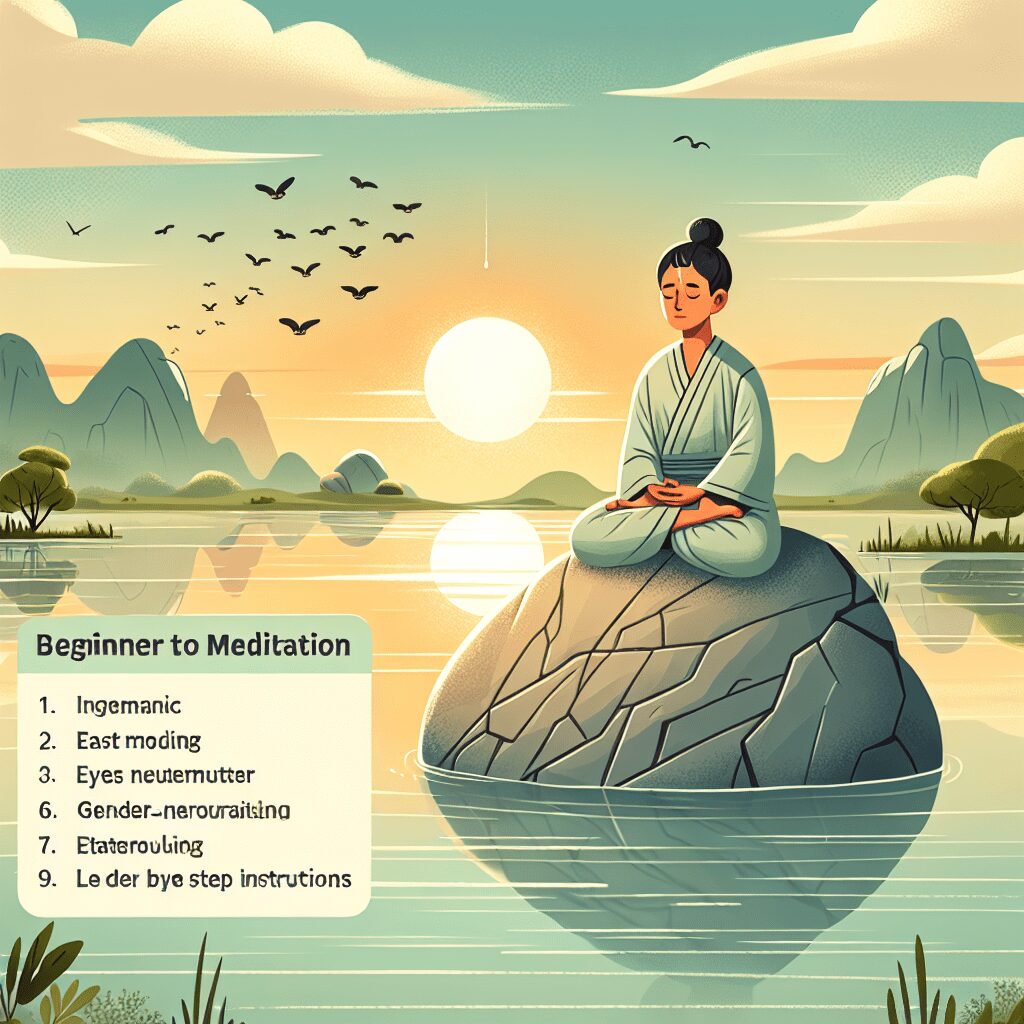
Prioritize your mental well-being daily. Enhance your life by nurturing your mental health with the Smart Meditation app. Break free from stress, alleviate anxiety, and enhance your sleep quality starting today.
Do Cognitive Psychologists Use Calming Techniques?
The Chessboard of the Mind: Cognitive Psychologists and Calming Techniques
Amidst the hustle and bustle of our daily grind, the mind often feels like a chessboard in chaos – pieces scattered, pawns overwhelmed, and kings and queens in a relentless battle against stress and anxiety. It’s no secret that in this modern era, the quest for tranquility has become as sought after as the holy grail. Now, you might wonder, amidst this cerebral pandemonium, do cognitive psychologists, the grandmasters of the mental realm, employ calming techniques to restore order and peace? Well, let’s dive in and unravel this enigmatic query.
Cognitive psychology, the branch of psychology that delves into the intricate processes of the mind, including perception, memory, thought, and problem-solving, employs a multifaceted approach when it comes to managing stress and anxiety. It’s akin to having a Swiss Army knife in the world of psychological well-being. But what tools do these mental health maestros use to help calm the tumultuous seas of the mind?
The Arsenal of Tranquility: Calming Techniques in Cognitive Psychology
-
Mindfulness Meditation: Mindfulness has stepped into the limelight, transforming from an ancient practice to a modern-day psychological superhero. Cognitive psychologists often recommend mindfulness meditation as a way to anchor oneself in the present moment, thereby reducing the whirlwind of past regrets and future anxieties. It’s about living in the “now,” observing thoughts and feelings without judgment.
-
Cognitive Restructuring: This technique is akin to giving the mind a new set of eyeglasses. It involves identifying and challenging negative thought patterns and replacing them with more positive, realistic ones. Think of it as decluttering the mind, one negative thought at a time.
-
Deep Breathing Exercises: If the mind had a reset button, deep breathing exercises would be it. Often incorporated by cognitive psychologists, this technique involves focusing on slow, deep, and consistent breaths. It’s a physiologically grounded method that helps reduce the “fight or flight” response, bringing about a sense of calm.
-
Progressive Muscle Relaxation: Remember playing with those stress-relief balls as a kid? Well, progressive muscle relaxation is the adult version of that. It involves tensing and then slowly relaxing each muscle group, teaching the body to recognize the difference between tension and relaxation.
-
Guided Visualization: Picture this – a serene beach with soft, lapping waves, or a tranquil forest bathed in the gentle glow of the morning sun. Cognitive psychologists often use guided visualization techniques to transport individuals to their “happy place,” offering a mental escapade from stress.
The integration of these calming techniques into cognitive psychology showcases the field’s recognition of the interconnectedness between the mind, body, and soul. It’s a holistic approach that understands that the path to mental well-being isn’t just through the brain, but also through the heart and spirit.
So, to circle back to our original conundrum – absolutely, cognitive psychologists not only use but also champion various calming techniques to help individuals navigate through the storms of their minds. It’s a testament to the dynamic and adaptive nature of cognitive psychology. In an era where stress seems like the default setting, these techniques stand as beacons of hope, guiding individuals towards a state of calm and equilibrium.
In conclusion, whether you’re a king or a pawn in the great chess game of life, remember that tranquility is within reach. Through the guidance of cognitive psychology and its arsenal of calming techniques, there’s a pathway to peace, making it possible to transform chaos into order, one thought at a time.





